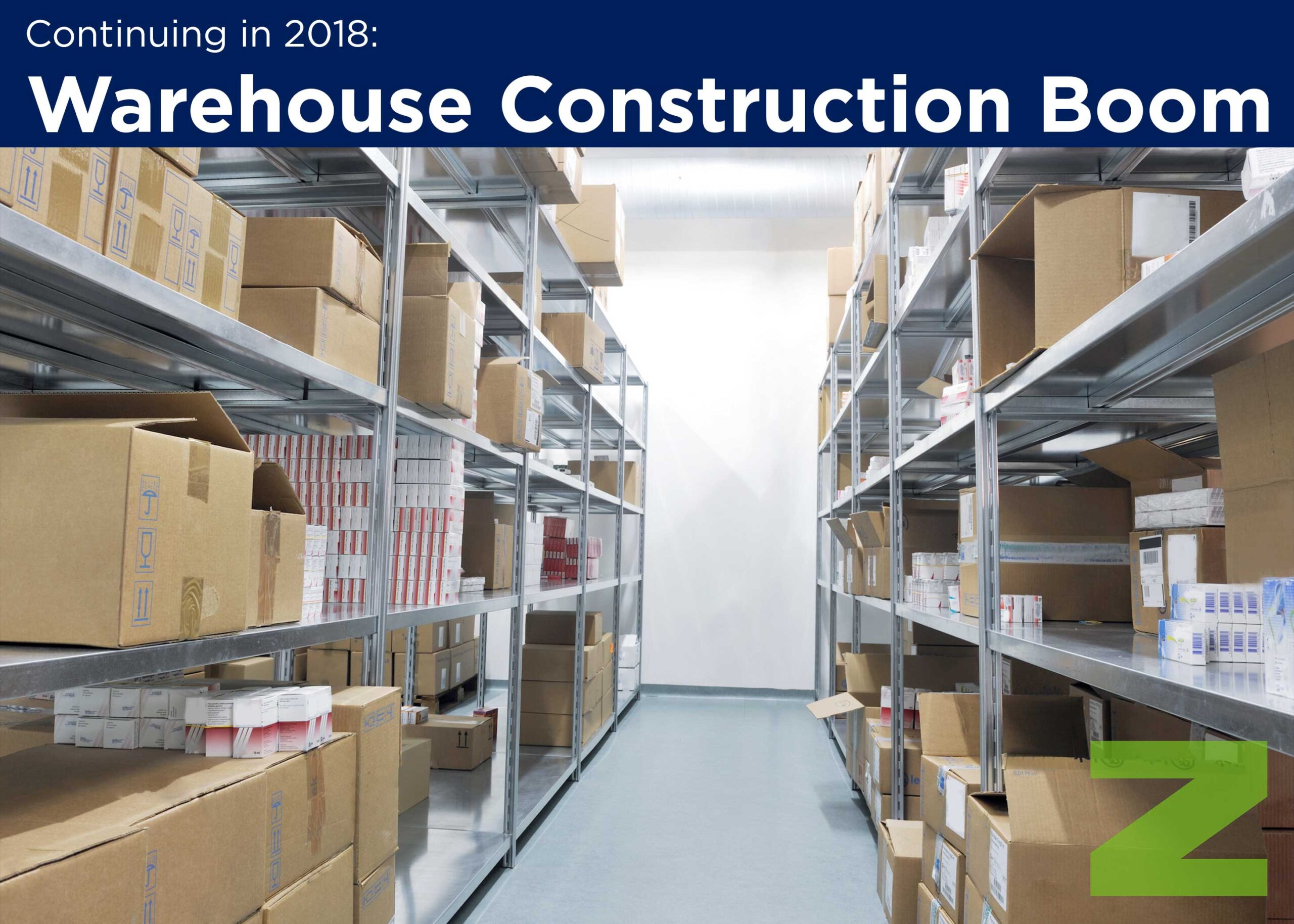Overview:
• The warehouse sector will achieve a net absorption of 655 million square feet between 2017 and 2019, according to Cushman & Wakefield’s latest North American Industrial Forecast Report. Such activity will be second only to the 833 million square feet seen between 2014 and 2016.
• Cushman & Wakefield’s findings are based on Moody Analytics data that indicate the market is being driven largely by internet retailers’ need for industrial space to carry out their fulfillment operations. In 2013, e-commerce made up less than 5% of North American new industrial leases — now that segment makes up 20% to 22%.
• By the end of 2019, 782 million square feet of warehouse space will hit the market, with developers and owners looking to take advantage of a 9.8% year-over-year annual growth rate in rents. The figure is more than twice the rate of rent increases for office space and marks highest growth increase of any property type.
Insight:
These report’s findings align with a growing trend other industry projections have shown. Earlier this year, the Urban Land Institute’s Real Estate Economic Forecast predicted that e-commerce warehouse and data center construction would grow by 3.7% from 2017 to 2019, the highest anticipated growth rate of any sector.
And according to research and analytics company MSCI, the industrial sector reached an 11.7% return last year, more than any other property category. Aside from e-commerce, another factor driving that growth was the increasing number of states legalizing marijuana. That trend has necessitated more grow space and brought an uptick in global trade.
But it’s the e-commerce market that’s been responsible for much of the buzz in the industrial sector. Last year, Internet Retailer reported that online shopping made up more than 10% of all 2015 U.S. retail sales and added up to $340.8 billion, excluding items like cars and restaurant purchases. By the end of 2016, internet sales had grown 15.6%, reaching $394.86 billion. Online sales are expected to grow to $523 billion by 2020.
E-commerce and the leasing of warehouse space have also become a strategy of traditional retailers, who are trying to stay relevant and compete with the internet. This has left construction companies in the retail space looking at a decrease in the number of construction projects, at least on the scale to which they were accustomed.
(Originally published by Kim Slowey for ConstructionDive.com)





